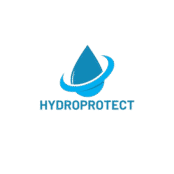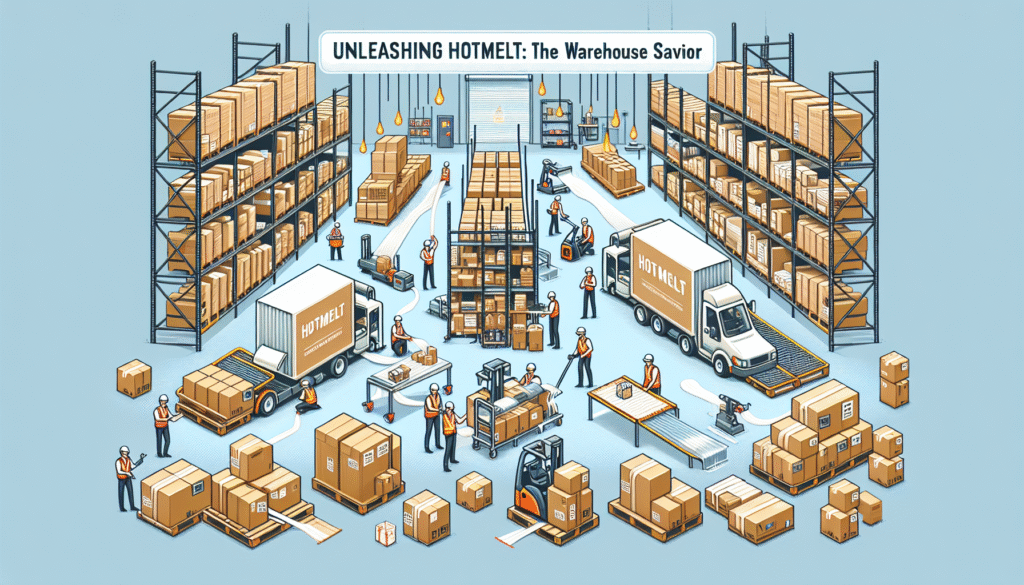Understanding Hotmelt Roof Waterproofing
Hotmelt roof waterproofing is a noteworthy breakthrough in the roofing industry, making significant strides in the way warehouses and commercial buildings are insulated. This innovative method surpasses traditional insulation techniques by offering durability, efficiency, and cost-effectiveness, emerging as the savior for building owners seeking reliable roof waterproofing solutions.
The core of hotmelt technology lies in its application method and material composition. This approach employs a mixture of rubberized asphalt, synthetic polymers, and natural fillers, applied in a molten state to form a seamless, fully bonded waterproof membrane. When cooled and solidified, the membrane provides an exceptionally durable barrier against the elements.
For warehouse and hall owners, understanding the nuances of hotmelt technology is crucial. Not only can it enhance the longevity of roofs, but it also contributes to substantial energy savings by improving the overall insulation of the building.
Benefits of Hotmelt Waterproofing for Warehouses and Halls
One cannot overstate the advantages hotmelt roofing presents, especially for large-scale commercial properties. Here are some of the primary benefits that make it a superior choice over traditional waterproofing methods.
Durability and Longevity
A key feature of hotmelt waterproofing is its incredible resilience. Unlike other methods which might deteriorate over time, hotmelt membranes are particularly robust, capable of withstanding significant fluctuations in temperature without cracking or warping. This resistance ensures a long-lasting solution that minimizes the need for frequent repairs or replacements, offering peace of mind to warehouse owners.
Seamless Application
The seamless nature of hotmelt application eliminates the risk of water ingress through joints or seams – a common issue with traditional roofing solutions. By bonding directly to the substrate, it creates a bond that is both watertight and durable, significantly reducing the risk of leaks.
Flexibility and Versatility
Hotmelt systems can be tailored to fit a variety of roof designs, making them a versatile choice for warehouses of any shape or size. Whether your building has flat roofs, inverted roofs, or even green roofs, hotmelt waterproofing adapts seamlessly, enhancing compatibility and functionality.
Environmentally Friendly
An eco-conscious feature of hotmelt systems is their sustainability. The materials used are often derived from recycled sources, reducing environmental impact. Moreover, their long lifespan and low maintenance further diminish the ecological footprint associated with roofing repairs and replacements.
Installation Insights
Installing a hotmelt system is relatively straightforward, though it requires professional expertise to ensure optimal performance and longevity. The following outlines key considerations for successful installation.
Pre-Installation Assessment
Before embarking on the installation of a hotmelt system, thorough assessment and preparation of the roof substrate are essential. Any debris, existing water damage, or structural issues should be addressed to ensure a smooth and secure application process.
Professional Installation
Engaging with expert contractors who specialize in hotmelt systems ensures that the installation is executed with precision. Professional installers possess the knowledge and tools needed to apply the hotmelt materials effectively, securing optimal adhesion and waterproofing.
Post-Installation Care and Maintenance
Although hotmelt systems are low maintenance by design, periodic inspections and cleaning can enhance their performance and longevity. Maintaining roof drainage systems and clearing debris can prevent unnecessary strain on the waterproofing layer, safeguarding the roof’s condition over time.
Cost Considerations
While initial installation costs of hotmelt roofing may be higher than some traditional methods, the long-term savings it affords can be substantial. Key cost considerations include:
– **Reduced Maintenance Costs**: The durability of hotmelt systems means fewer repairs, reducing ongoing maintenance expenses.
– **Energy Efficiency**: Improved insulation reduces energy consumption for heating and cooling, decreasing utility costs.
– **Extended Roof Lifespan**: Decreased frequency of total roof replacements ensures significant cost savings over time.
Ultimate cost savings arise from the system’s reliable performance, resilience, and energy efficiency, providing an attractive option for developers and property managers focused on long-term investment returns.
Summary
In conclusion, hotmelt roof waterproofing stands out as a transformative solution for warehouse and hall owners, developers, and property managers. Offering unmatched durability, seamless application, and environmental benefits, hotmelt systems cater to the demanding needs of large commercial properties. By investing in this innovative technology, businesses can enhance building longevity, minimize maintenance, and enjoy significant cost savings—making it not just a choice, but a strategic advantage in modern construction and property management.

